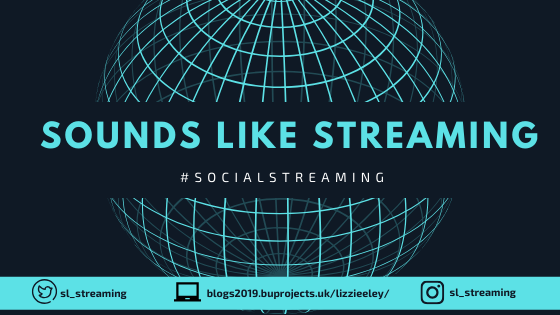
Image from Pexels
In the music world, a vinyl record player is a classic statement piece for music lovers from every generation, both old and young. The very first vinyl record became available in 1930, known as a ‘program transcription disc’. Fast forward several years to 1948 with the introduction of the first ever long play (LP) record which changed the face of the music industry forever. This particular record was able to hold 21 minutes of musical magic per side and was a format to be enjoyed by millions of people around the world. But what happens when a new music sharing platform in the form of streaming is put into the equation? Spotify, Apple Music, Amazon Music. Goodbye Vinyl? Hello Streaming. Has modern day streaming had an impact on the decline of vinyl record listeners? Or has it actually been the push needed for the recent revival and popularity of vinyl records?
Recent Revival

Image from Pexels
We are constantly consumed in a world of modern music streaming so there is no surprise that streaming is the number one format for listening to/sharing music. The likes of streaming superstar Spotify have in fact encouraged the ongoing recent revival of vinyl. In 2018, the Recording Industry Association found that in the USA, a huge 75% of music revenue came directly from streaming sites, representing the sheer power of streaming in the music industry today. In order to form a close relationship with artists, one in which they feel their voices are heard, streaming sites are promoting and encouraging fans to engage with physical music formats as well as streaming. These sites have a significant responsibility in forming a profile for artists’ and therefore have to consider the benefits of vinyl formats for artists. Deezer, a music streaming site based in France, believe in telling an artists’ story and that streaming and vinyl can come together and work side by side, hand in hand.
A recent report by ICM, suggests that streaming supports vinyl sales as people are looking to listen to the music and get a taste for an album before purchasing the vinyl copy. People are beginning to discover music through streaming and as a result of doing so, are collecting in vinyl format. In 2016, ICM discovered that 45% of people who purchased an album on vinyl had previously listened to it through a streaming site.
A Dated Musical Disaster in Decline
Although streaming has encouraged many people, in particularly young people, to purchase vinyl records, streaming has clearly taken its place in the music industry. Using vinyl records to listen to music is evidently inconvenient, you can’t just slip them in your pocket and go anywhere like you can with streaming. Unfortunately for old school vinyl lovers, the music industry has moved on with the times and what people want from their music and now prioritises streaming over vinyl and CD. This prioritisation is shown by the lack of popular albums available on vinyl format when they are instantly accessible on pretty much every streaming site known to man. The paid for music streaming industry is worth an astounding £829 million, 62% of the total recorded music revenue worldwide. When comparing this figure to the 38% of revenue which CDs and vinyls account for, there is little debate as to who the real winner is here.
So… all in all, has the impact of streaming on vinyl been beneficial or superficial?
There is no denying that streaming has quite clearly put an out of date stamp on the world of vinyl with the new technology meeting the needs of music lovers today. However, overall music streaming sites have been hugely beneficial for vinyl as they allow individuals to listen to music before they decide to purchase in physical format which could be the deciding purchase factor. The two music sharing formats offer a selection which can come hand in hand, one a more affordable format with a large variety of music which may not be as personal, and the other a slightly more expensive option but offering a more personal experience to engage with your favourite artists and support their work.

Image from Pexels
I really hope you all had a good Christmas and enjoyed this weeks post. Maybe you received or gifted a vinyl record as a present this year? Don’t forget to keep up to date with all things Sounds Like Streaming via Instagram and Twitter @sl_streaming. Stay tuned in on Twitter tomorrow to find out all about next weeks post, its a good one I promise! See you back here next week.

 Streaming music has completely transformed the way musical artists make money from their music. No longer are the majority of people interested in being one of the first to purchase their favourite artists new CD in store. Instead, music fans have turned to streaming services to listen to music which has resulted in a significant decrease of profit for artists as they receive very little per stream. Due to music streaming, artists are beginning to change their music in order to fit in with the streaming world. More than ever, they are reliant on selling their merchandise and concert tickets rather than focusing on the main attraction, their music.
Streaming music has completely transformed the way musical artists make money from their music. No longer are the majority of people interested in being one of the first to purchase their favourite artists new CD in store. Instead, music fans have turned to streaming services to listen to music which has resulted in a significant decrease of profit for artists as they receive very little per stream. Due to music streaming, artists are beginning to change their music in order to fit in with the streaming world. More than ever, they are reliant on selling their merchandise and concert tickets rather than focusing on the main attraction, their music.

